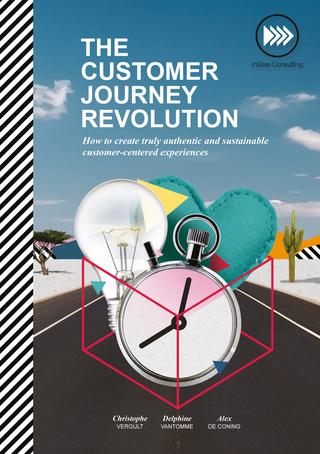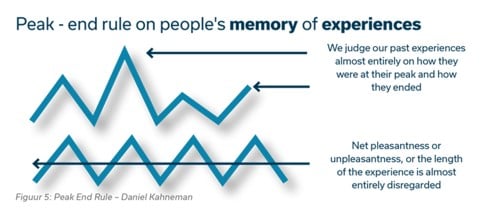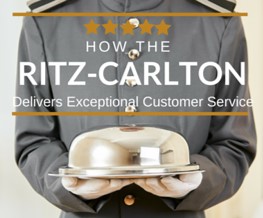
The Customer Journey Revolution
Create truly authentic and sustainable customer-centered experiences. How do you disrupt category conventions? How do you keep your finger on the pulse of your customers’ wants and needs? How do I use my existing resources to build a relevant and authentic customer experience?
More info






